The Unique Characteristics Of Asteroid Phorcys
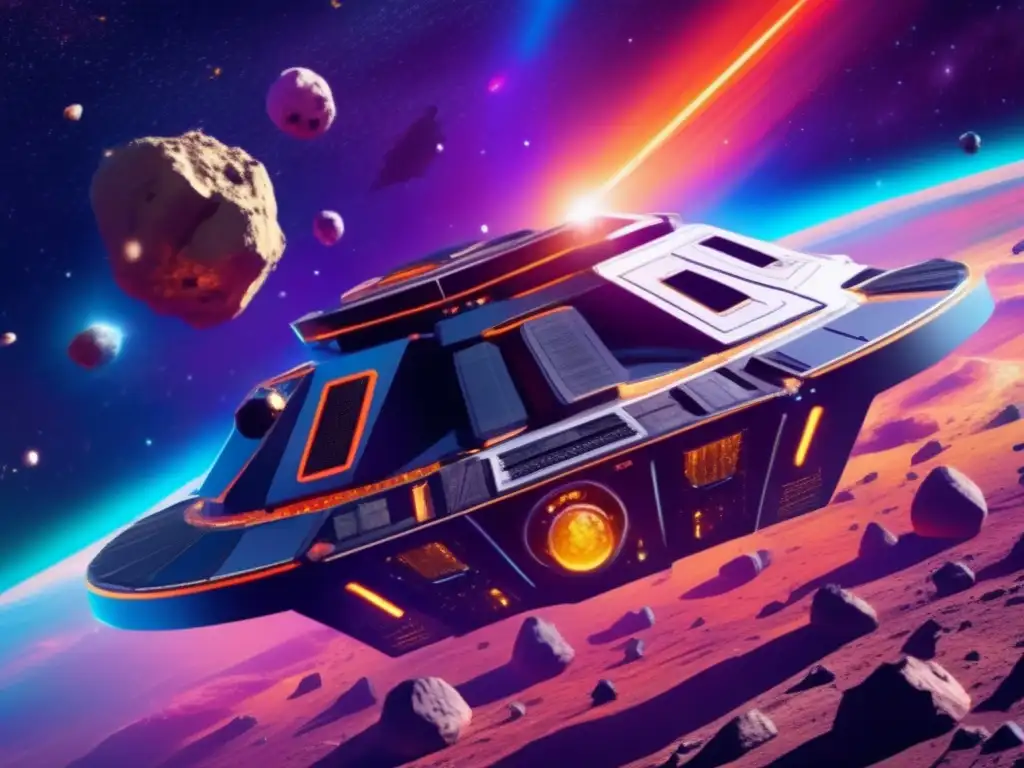
Introduction
Asteroids, also known as minor planets, are celestial objects that orbit the Sun within our solar system. They are remnants from the formation of the Solar System and provide valuable insights into our cosmic origins. Each asteroid has its own unique characteristics, composition, and history. In this article, we will explore the fascinating asteroid Phorcys and delve into its distinct features and significance in the realm of asteroids.
The Discovery of Asteroid Phorcys

Early Observations
Phorcys was first discovered by astronomer James Whitney Young on September 18, 1904, at the Lick Observatory in California, USA. Young named the asteroid after Phorcys, a Greek mythological figure associated with the primordial sea deity.
Physical Properties
Phorcys belongs to the main belt of asteroids, which is a region located between the orbits of Mars and Jupiter. It has an average diameter of approximately 35 kilometers and orbits the Sun at an average distance of 2.7 astronomical units.
Composition
Through spectral analysis, scientists have determined that Phorcys is primarily composed of carbonaceous materials. These carbon-rich asteroids are of great interest to researchers due to their potential as sources of organic compounds and water in the early Solar System.
The Significance of Asteroid Phorcys
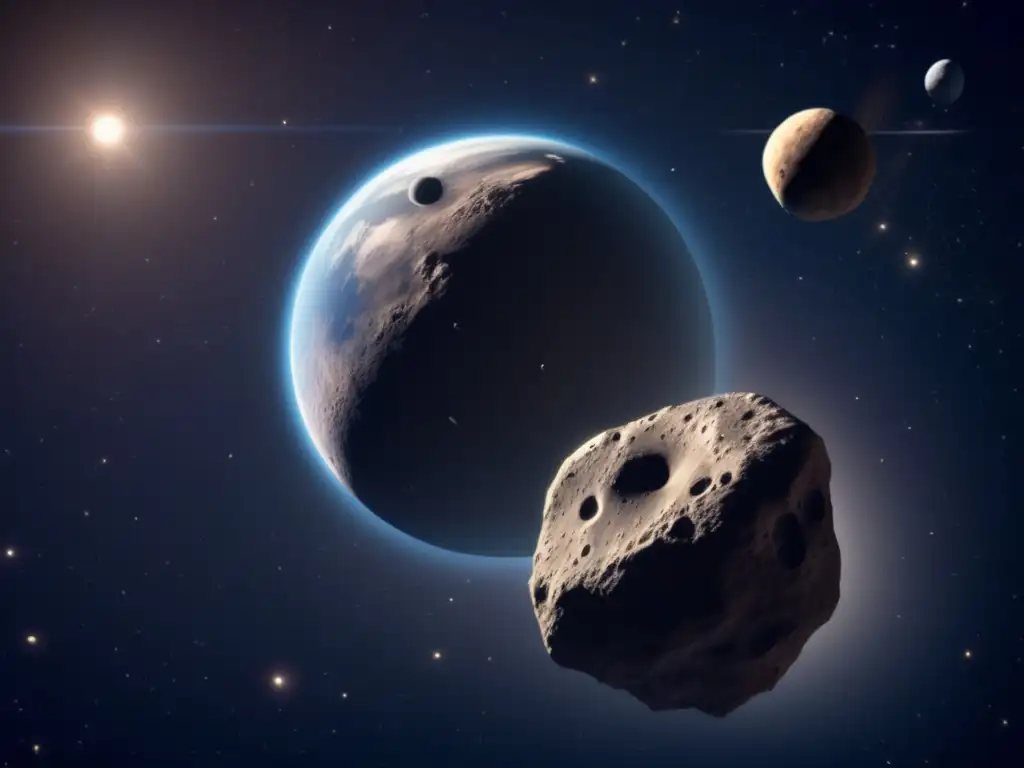
Scientific Research
Phorcys provides scientists with valuable data about the composition and evolution of the early Solar System. By studying its physical properties and composition, researchers can gain insights into the processes that occurred during the formation of asteroids and planets.
Potential Resource Exploration
As a carbonaceous asteroid, Phorcys holds significant potential as a future resource for space exploration. Carbonaceous asteroids contain valuable minerals, water, and organic compounds, which could be utilized in the development of sustainable space missions and colonization efforts.
Ancient Mythological Connections
The naming of asteroids after mythological figures adds a sense of wonder and intrigue to these celestial objects. The association of Phorcys with the primordial sea deity in Greek mythology reminds us of our connection to ancient beliefs and the vastness of human imagination.
Potential Impacts and Mitigation Measures

Near-Earth Encounters
Although Phorcys does not pose an immediate threat of collision with Earth, its orbit crosses paths with our planet's orbit. Continuous monitoring and analysis of its trajectory are essential to ensure accurate prediction and understanding of any potential impact risks.
Mitigation Strategies
In the case of a future asteroid impact threat, various mitigation strategies have been proposed, such as deflection missions, gravitational tractors, or kinetic impactors. These measures aim to divert asteroids from collision courses and protect our planet from potential catastrophic events.
Planetary Defense Initiatives
Organizations such as NASA and international collaborations are actively working on developing planetary defense initiatives. These efforts involve the detection, tracking, and characterization of asteroids, as well as the development of technologies to mitigate any potential threats.
Frequently Asked Questions
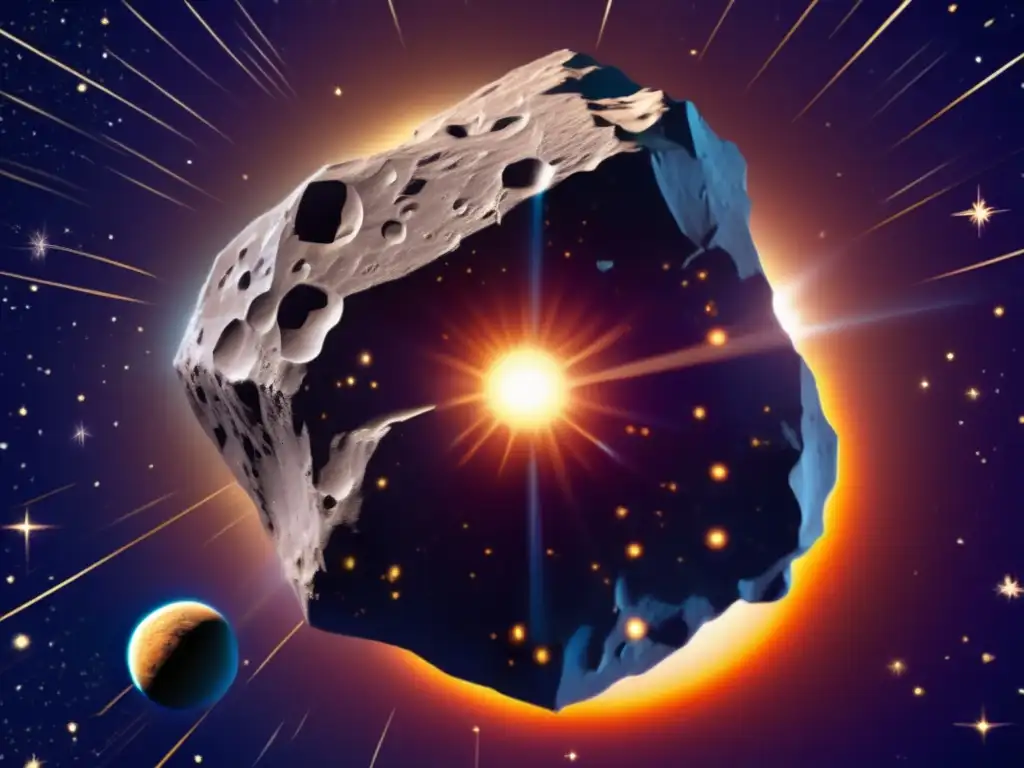
-
Q: What is the size of Asteroid Phorcys?
A: Asteroid Phorcys has an average diameter of approximately 35 kilometers.
-
Q: What is the composition of Asteroid Phorcys?
A: Phorcys is primarily composed of carbonaceous materials, making it a valuable target for study due to its organic compounds and potential resources.
-
Q: Can Asteroid Phorcys collide with Earth?
A: While Phorcys does not pose an immediate threat, continuous monitoring and analysis of its orbit are essential to accurately predict any potential future impacts.
-
Q: What is the significance of studying asteroids?
A: Studying asteroids provides insights into the formation of our Solar System, offers potential resources for space exploration, and helps protect against potential impact threats.
-
Q: How are asteroids named?
A: Asteroids are named by their discoverers, following specific guidelines set by the International Astronomical Union (IAU).
Conclusion
As we explore the vast cosmos, asteroids like Phorcys provide us with a window into the history and composition of our Solar System. The unique characteristics of Phorcys, such as its carbonaceous composition and ancient mythological connection, make it a captivating subject for scientific research and space exploration. By understanding and studying asteroids, we can deepen our knowledge of the universe and pave the way for future advancements in space technology. Share your thoughts and join the conversation at www.asteroidrealm.com!
Additional Resources
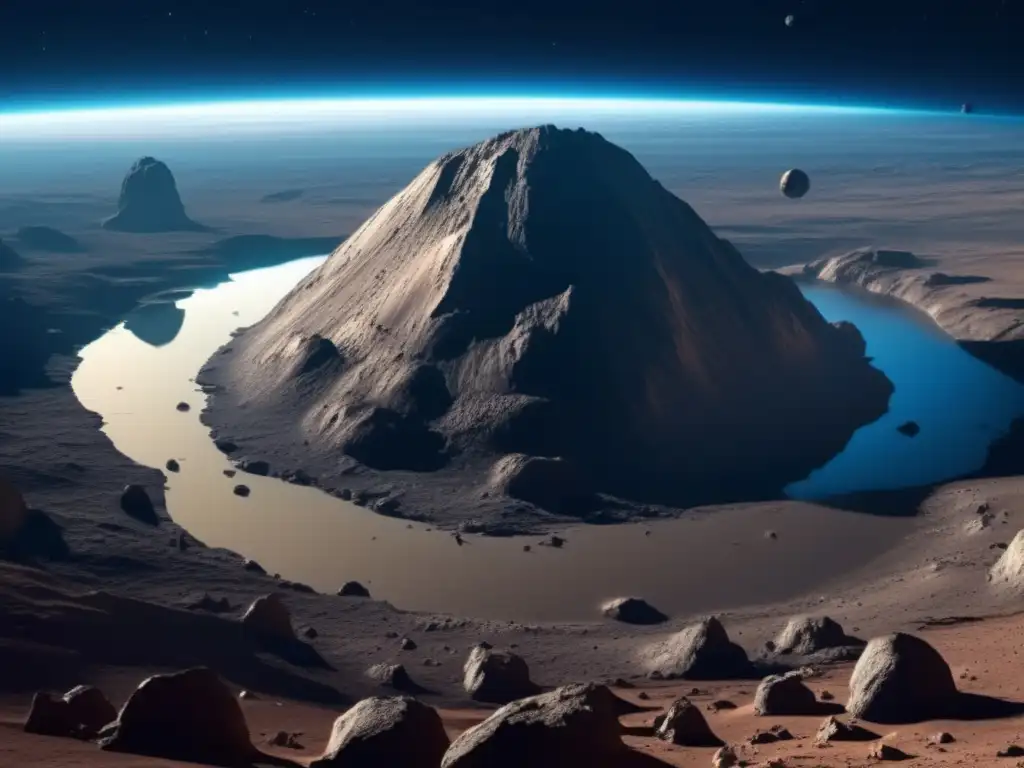
For more information about asteroids and space exploration, you may find the following resources helpful:
- - NASA's Asteroid Watch: https://www.nasa.gov/asteroid-and-comet-watch
- - International Astronomical Union (IAU): https://www.iau.org/
- - Minor Planet Center: https://minorplanetcenter.net/
- - Planetary Society: https://www.planetary.org/
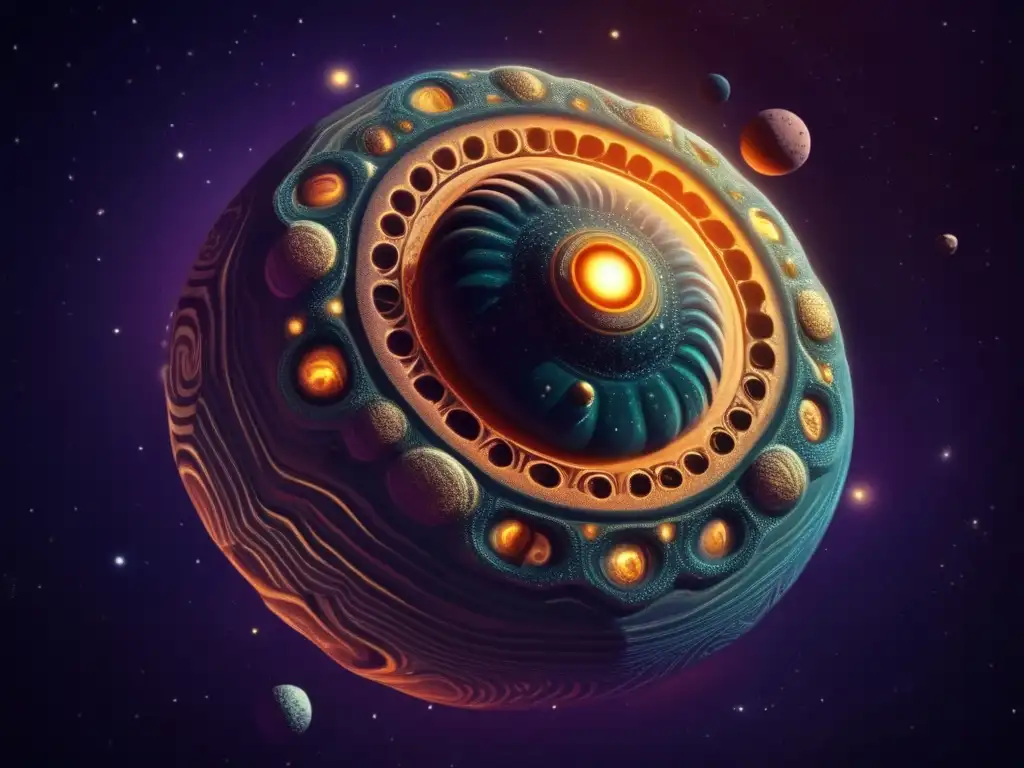 A Closer Look At The Asteroid Gorgon
A Closer Look At The Asteroid Gorgon Unraveling The Mysteries Of Asteroid Sphinx
Unraveling The Mysteries Of Asteroid Sphinx The Tale Of Asteroid Phoenix
The Tale Of Asteroid PhoenixIf you want to discover more articles similar to The Unique Characteristics Of Asteroid Phorcys, you can visit the Asteroid Profiles category.
Leave a Reply

Articulos relacionados: